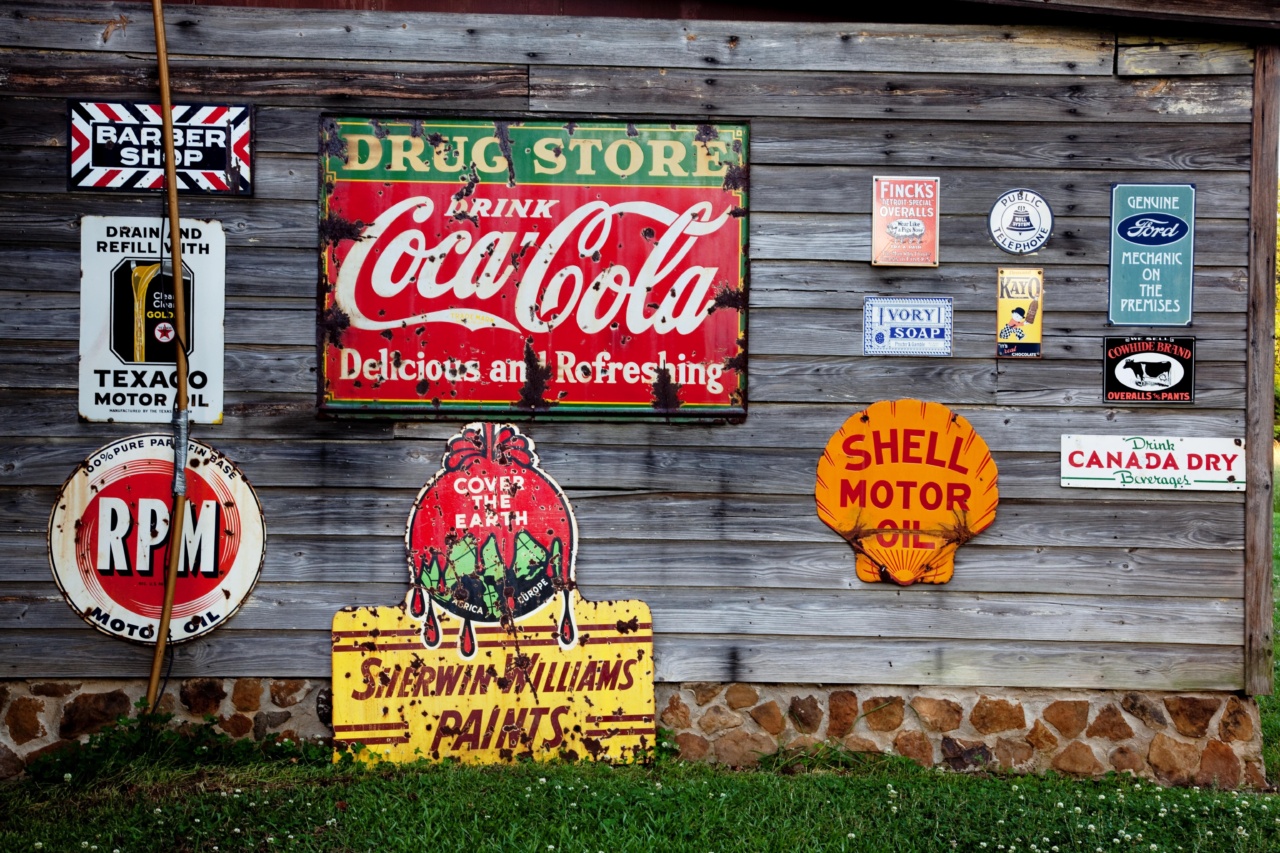UV rays from the sun can cause a variety of skin damage when not properly protected. Exposure to UV light is one of the leading causes of premature aging. In fact, exposure to UV rays can increase signs of aging in less than three days.
What are UV rays?
UV or ultraviolet rays are a type of energy produced by the sun. These rays are invisible to the human eye as they have a shorter wavelength than visible light. There are three types of UV rays:.
- UVA
- UVB
- UVC
UVA rays penetrate deep into the skin and can cause premature aging. UVB rays are responsible for sunburn and can cause skin cancer. UVC rays are the most dangerous, but they are absorbed by the ozone layer and do not reach the Earth’s surface.
How do UV rays increase signs of aging?
Exposure to UV rays can cause a variety of skin damage, which can result in premature aging. Here are a few ways in which UV rays can increase signs of aging:.
Wrinkles
UV rays break down collagen and elastin, which are the proteins that keep skin smooth and plump. This leads to wrinkles and fine lines on the face and other areas of the body that are exposed to the sun.
Age spots
UV rays can also cause hyperpigmentation, or the production of excess melanin, which can lead to age spots or sunspots. These spots are usually brown or gray and can appear on the face, hands, arms, and other areas that are exposed to the sun.
Sagging skin
Over time, exposure to UV rays can weaken the skin’s support structure, causing it to sag and lose elasticity. This can lead to jowls or a double chin, as well as loose skin on the neck and other areas of the body.
Increased dryness
UV rays can also cause the skin to become dry and rough, which can make it look older. This is because exposure to the sun can damage the skin’s lipid barrier, which helps to retain moisture.
Thinning of the skin
UV rays can also cause the skin to become thinner over time. This is because exposure to the sun can damage the skin’s epidermis, or outer layer, which contains the cells that produce collagen and elastin.
How to protect your skin from UV rays
If you want to protect your skin from UV rays and reduce the signs of aging, here are a few tips to keep in mind:.
Wear sunscreen
One of the easiest ways to protect your skin from UV rays is to wear sunscreen every day. Look for a broad-spectrum sunscreen with an SPF of at least 30, and apply it to all areas of skin that will be exposed to the sun.
Wear protective clothing
Wearing long-sleeved shirts, pants, and wide-brimmed hats can also help to protect your skin from UV rays. Look for clothing that is designed to block out UV rays for the best protection.
Avoid the sun during peak hours
UV rays are most intense between 10 a.m. and 4 p.m., so try to avoid spending time in the sun during these hours if possible.
Don’t use tanning beds
Tanning beds also emit UV rays and can cause skin damage, so it’s best to avoid them altogether.
Take care of your skin
Eating a healthy diet, staying hydrated, and using a moisturizer can also help to protect your skin from UV rays and reduce signs of aging.
Conclusion
UV rays from the sun can cause a variety of skin damage, including wrinkles, age spots, sagging skin, increased dryness, and thinning of the skin.
By taking steps to protect your skin from UV rays, you can reduce the signs of aging and keep your skin looking healthy and youthful.






























